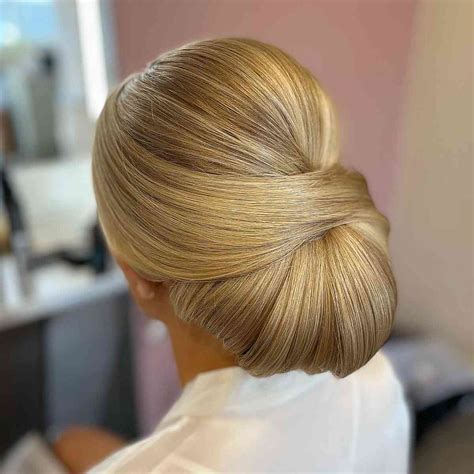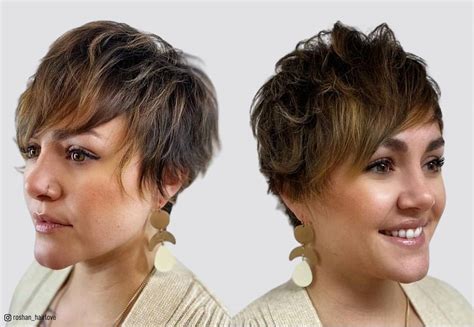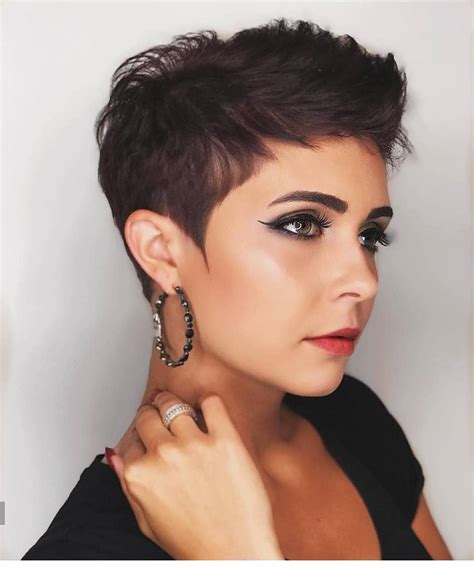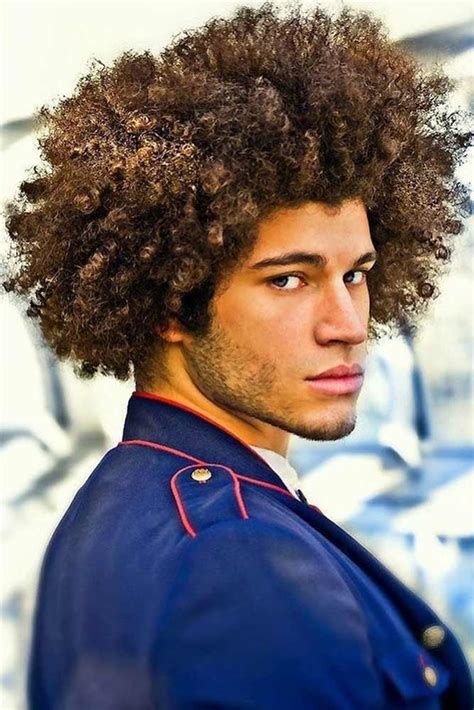Get the facts on hair extensions: types, maintenance, cost, and debunking misconceptions about damage to natural hair. Don’t miss this comprehensive guide!
Common misconceptions about hair extensions
Contents
There are many misconceptions surrounding hair extensions that often result in confusion or hesitation when considering them as an option for hair styling. One common misconception is that hair extensions are damaging to natural hair. This belief stems from improper installation, maintenance, or using low-quality extensions.
Another prevalent myth is that hair extensions are only for people with thin or short hair. In reality, extensions can be used to add volume, length, or enhance the natural texture of hair, making them suitable for a variety of styles and hair types.
Some people also believe that hair extensions require high-maintenance and are difficult to care for. While it’s important to follow proper care guidelines, with the right products and routines, hair extensions can be easily managed and maintained like natural hair.
There’s also a misconception that hair extensions are noticeable or look unnatural. With advancements in technology and application methods, quality hair extensions blend seamlessly with natural hair, creating a subtle and natural look.
It’s important to address these misconceptions and educate individuals about the reality of hair extensions. By dispelling these myths, people can make informed decisions about incorporating hair extensions into their hair care and styling routines.
Types of hair extensions explained
When it comes to hair extensions, there are various options to choose from. The type of extension you go for will depend on your hair texture, lifestyle, and the look you want to achieve. Some of the most popular types of hair extensions include:
Tape-in extensions: These are thin, pre-taped wefts that are sandwiched between your own hair. They are lightweight and comfortable to wear, and can last up to 8 weeks with proper maintenance.
Clip-in extensions: These are wefts of hair with clips attached to them, making them easy to clip into your natural hair for added length and volume. They are a temporary hair extension option that can be easily removed and reinstalled as needed.
Micro-link or bead extensions: These extensions are attached to small sections of your natural hair using a small bead or loop, and can last for several months with proper care. They are ideal for adding length and volume without the use of heat or adhesives.
Sew-in or weave extensions: These are extensions that are sewn into braided hair, and can last for 6-8 weeks. They are a popular option for those with thick or coarse hair, as they provide a secure and long-lasting hold.
Debunking the belief that hair extensions damage your natural hair
Debunking the belief that hair extensions damage your natural hair
One of the most common misconceptions about hair extensions is that they can cause damage to your natural hair. This belief has led many people to avoid getting hair extensions out of fear that they will end up with thin, brittle, or damaged hair. However, the truth is that when hair extensions are properly applied and cared for, they should not cause any damage to your natural hair.
It is important to remember that the key to preventing damage is to choose a reputable salon or hairstylist who has experience in applying and maintaining hair extensions. They will be able to assess your natural hair and recommend the best type of extensions for you, as well as the proper application method. It is also essential to follow the aftercare instructions provided by your hairstylist to ensure that your hair extensions do not cause any damage.
Another important factor to consider is the quality of the hair extensions themselves. Investing in high-quality extensions made from real human hair, as opposed to synthetic materials, can help to minimize the risk of damage to your natural hair. Real human hair extensions tend to be more durable and less likely to cause breakage or tangling.
Ultimately, hair extensions should not cause any damage to your natural hair if they are applied and maintained correctly. By doing your research, choosing a reputable salon or stylist, and following aftercare instructions, you can enjoy the benefits of hair extensions without worrying about damaging your natural hair.
Separating fact from fiction: hair extension maintenance
One of the most common misconceptions about hair extensions is that they require a lot of maintenance. However, the truth is that with proper care, hair extensions can be low maintenance and easy to manage.
First and foremost, it’s important to choose the right type of hair extensions for your lifestyle. For example, if you lead an active lifestyle and enjoy swimming or working out, it may be best to opt for clip-in hair extensions that can be easily taken out before these activities. On the other hand, tape-in hair extensions may be more suitable for someone who wants a more permanent solution without the hassle of daily application.
Another common misconception is that hair extensions require special products for maintenance. While it’s true that using high-quality shampoos, conditioners, and treatments can help preserve the longevity of your hair extensions, there’s no need to invest in expensive or specialized products. Most hair extensions can be maintained with the same products you use for your natural hair, as long as they are sulfate-free and gentle.
It’s also important to establish a regular maintenance routine for your hair extensions. This includes brushing them gently and regularly to prevent tangling, avoiding excessive heat styling, and scheduling regular touch-up appointments with your stylist to ensure they remain in optimal condition.
By separating fact from fiction when it comes to hair extension maintenance, you can have beautiful, healthy hair extensions without unnecessary hassle or expense.
The truth about the cost of hair extensions
One common misconception about hair extensions is that they are extremely expensive and only for the rich and famous. However, this is not entirely true. The cost of hair extensions varies depending on the type of extensions, the quality of the hair, and the method of application. Some types of extensions may be more costly than others, but there are also more affordable options available.
Another factor that affects the cost of hair extensions is the maintenance and upkeep. While some methods require regular salon visits for maintenance, others can be maintained at home, reducing the overall cost. It’s important to consider the long-term cost of hair extensions and not just the initial investment.
When considering the cost of hair extensions, it’s also important to factor in the quality of the hair. High-quality, natural human hair extensions may be pricier, but they generally last longer and look more natural than synthetic or lower-quality options. Investing in high-quality hair extensions can actually save money in the long run, as they require less frequent replacement.
In conclusion, the cost of hair extensions is not as prohibitive as many people think. There are a variety of options available at different price points, and the long-term cost can be managed with proper maintenance and care. It’s important to do thorough research and consult with a professional before making a decision, but hair extensions can be a worthwhile investment for those looking to enhance their natural hair.












